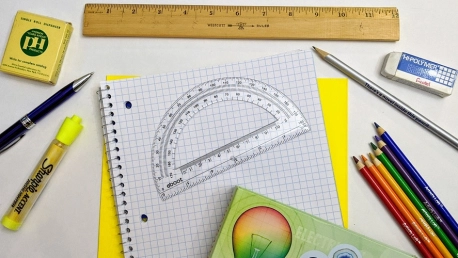As the COVID-19 pandemic nears its end, new worries plague American shoppers. With mounting inflation now a concern for people around the world and a war in Europe, parents face various issues when planning the future of their children. These worries affect their mindsets, as well as the way they prepare for the new school year. Therefore, creating a successful back-to-school campaign in 2022 may be a difficult task for US marketers.
According to Deloitte’s 2022 back-to-school study, parents plan to spend roughly $661 on back-to-school items this season. This amount is 8% higher compared to the previous year—proving that parents are willing to spend more money on purchases connected to their children’s education. Although this amount is higher compared to previous years, Americans fear they will need to adjust their budgets.
Issues Marketers Should Consider in 2022
The estimated back-to-school market will peak at approximately $34.4 billion in 2022—up 24% from 2019. Nevertheless, there are issues with this calculation, such as the fact that public school enrollment is falling every year. This is a significant problem for the authorities, with US Secretary of Education Miguel Cardona saying that “it must be a top priority to reengage every student and family.” Moreover, the rise in homeschooling will also impact the back-to-school market for years to come.
While state officials will find new solutions to address the decreasing K-12 enrollment problem, marketers can also help by creating campaigns to remind parents that the public school system has important benefits.
New Priorities Reshape Back-to-School Campaigns
Creating a successful back-to-school campaign is never an easy task, but in the wake of the pandemic, it has become even more difficult. According to Deloitte, the healthcare crisis caused many people to reassess their priorities and to shift their focus toward mental and physical health, as well as sustainability. Marketers and retailers should note that sustainable back-to-school shoppers spend 22% more on their purchases when compared to normal shoppers. Furthermore, not only are 50% of consumers worried about their children’s mental health, but these concerned parents also tend to spend 8% more than average on back-to-school items.
Brands like Gap made a point of reaffirming inclusivity as part of their back-to-school campaign, and their ideas are bound to inspire other brands and marketers. According to Marketing Dive, Gap’s “Everyone Belongs” back-to-school campaign features different children enjoying hobbies they love, and links value with clothes that allow people to be themselves. By creating this new campaign in 2022, the brand stated loud and clear that it will continue to promote inclusivity and diversity.









